359. The wheel of time rolled along and for each cycle there was a repetition. ... When the new moon appeared women assembled and bewailed those who had died since the last one, uttering the following lament: 'Alas! O moon! Thou has returned to life, but our departed beloved ones have not. Thou has bathed in the waiora a Tane, and had thy life renewed, but there is no fount to restore life to our departed ones. Alas ... A New Moon (●) was (like) a return from death whereas the glorious Full Moon (O) was followed by decay. And after 6 repetitions (177 nights) the pattern still remained and so it would be forever.
With Ca7-24 (→ 7 * 24 = 168 = 8 * 21) probably corresponding to a night with Full Moon the slightly vertical elongation of the similar oval in Ga1-16 (→ 115 (synodic cycle of Mercury) + 1 = 4 * 29) suggests another Full Moon night. This interpretation is supported by the glyph numbers which indicate a timespace distance of half 354 nights. 177 = 168 + 9.
When in the Golden Age of the Bull the Sun had stood up - tu(u) - at 0h in the east Elnath had been there too, becoming visible again 16 days after 0h in APRIL 6 (96 = 366 - 9 * 30).
March 22 was day 81 at both right ascension day *1 and at the corresponding right ascension day in the following cycle (*366 = *1 + *365). Due to the precession of the Sun (as observed against the stable background of the fixed stars) the cardinal point 0h had come earlier and earlier since the time of the Bull.
At the time of the Bull last of the stars defining the Southern Cross, Mimosa (β Crucis, Ca7-24), ... Mimosa (β in the Southern Cross) was a name which meant the death was only a temporary stage in life. Mimosa was at the end of the Cross, as if marking a place of resurrection:
... The two great stars, which marks the summit and the foot of the Cross, having nearly the same right ascension, it follows that the constellation is almost perpendicular at the moment when it passes the meridian. This circumstance is known to the people of every nation situated beyond the Tropics or in the southern hemisphere. It has been observed at what hour of the night, in different seasons, the Cross is erect or inclined. It is a time piece, which advances very regularly nearly four minutes a day, and no other group of stars affords to the naked eye an observation of time so easily made. How often have we heard our guides exclaim in the savannahs of Venezuela and in the desert extending from Lima to Truxillo, 'Midnight is past, the Cross begins to bend' ... had risen *64 right ascension days earlier (in relation to the Sun calendar and its 0h), i.e. *192 (its current position) - *64 = *128 - *64:
September 6 was 128 days after Bharani (*41.4) and 161 (→ φ = 1.6180 ...) days after Delta (*8.4 = *41.4 - *33.0). The Girdle (Zosma) and Hips (Coxa) in the Lion could evidently have taken over the position which anciently had been held by Mimosa (*192 = *128 + *64).
161 - 128 = 33. This number seems to have been applied by the Hawaiians for measuring the time from the return of the Pleiades to the winter solstice. First came 10 days and then came the cycle of Lono (Rogo) which stretched for 23 (= 33 - 10) days: ... The correspondence between the winter solstice and the kali'i rite of the Makahiki is arrived at as follows: ideally, the second ceremony of 'breaking the coconut', when the priests assemble at the temple to spot the rising of the Pleiades, coincides with the full moon (Hua tapu) of the twelfth lunar month (Welehu). In the latter eighteenth century, the Pleiades appear at sunset on 18 November. Ten days later (28 November), the Lono effigy sets off on its circuit, which lasts twenty-three days, thus bringing the god back for the climactic battle with the king on 21 December, the solstice (= Hawaiian 16 Makali'i). The correspondence is 'ideal' and only rarely achieved, since it depends on the coincidence of the full moon and the crepuscular rising of the Pleiades ... The beginning of side a on the G tablet clearly coincided with MARCH 21 (80) and by adding 16 nights when Hyadum II still would have been too close to the Sun for observation late at nights Ga1-16 (when the Sun reached Elnath) ought to have coincided with its return to visbility.
Significantly Elnath belonged both in Taurus and in Auriga.
At the time of rongorongo the stars had moved ahead due to the precession and the Scorpion (personified by Antares) was now at right ascension day *249. At the time of the Bull they had waited for the reappearance of a star after a close encounter with the Sun and therefore *249 - *16 = *233 was a reasonable correspondence, and Ga1-16 could then alternatively be looked upon as the day when Elnath returned to visibility. ... Like the sun, chiefs of the highest tabus - those who are called 'gods', 'fire', 'heat', and 'raging blazes' - cannot be gazed directly upon without injury. The lowly commoner prostrates before them face to the ground, the position assumed by victims on the platforms of human sacrifice. Such a one is called makawela, 'burnt eyes' ...
16 = 80 (0h) - 64 = 79 (true vernal equinox) - 63 (Hyadum I, γ Tauri) and by subtracting 15 (= 79 - 8 * 8) we will reach the true heliacal day 3-22 (*366 = *1) for Hyadum II, δ Tauri). 3-22 (81) = 160 (June 9 according to my own right ascension day calendar) - 79 (true vernal equinox north of the equator. Due to the precession of the equinoxes the position of Hyadum I at the origin of the pair of horns of the Bull, at 3-21 (80), had moved ahead in the Sun calendar to June 10 (161 → φ).
The South Dipper, close to the Milky Way, was at the Head (beginning) of the Green Serpent, and its γ star (Nash) had due to the precession gradually moved ahead in the Sun calendar, now rising heliacally at 18h (December 19, 353).
353 (December 19) - 64 = 289 = OCTOBER 16 = 274 (10-1) + 15. Therefore Nash had, once upon a time, risen with the Sun in the day after the end of the summer year.
... Eridhu, or Eri-duga, the Holy City, Nunki, or Nunpe, one of the oldest cities in the world, even in ancient Babylonia, was that kingdom's flourishing port on the Persian Gulf, but, by the encroachment of the delta, its site is now one hundred miles inland. In its vicinity the Babylonians located their sacred Tree of Life ...
The Milky Way could have been perceived as a Tree of Life, where there was growth followed by decay. At midsummer this Oak (or Ceiba etc) had stood at its maximum and then would follow a slow return to origin. ... I already knew that the ceiba tree was the model for the sacred World Tree of the Maya, but I had never seen one in flower when I knew what I was looking at. I was really excited because normally you can't see the blossoms even if you're there when the tree is in blossom. The fully mature trees are hundreds of feet high and the blossoms are very small. It's a ceiba, I chirped and began looking for a branch low enough to see one of the blossoms up close. Joyce Livingstone, a retired teacher, did the logical thing. She bent over, picked up a fallen branch, and held it out for me to see. I was too excited and full of myself to listen. She tapped my arm more insistently and still I didn't hear her. Finally, in frustration, she grabbed my wrist and raised her voice, Will you look at these? she said, waving the branch, and finally I did. What I saw stunned me, for in her hand lay a perfect replica of the earflares worn by the Classic Maya kings. Suddenly I understood the full symbolism of so many of the things I had been studying for years. The kings dressed themselves as the Wakah-Chan tree, although at the time I didn't know it was also the Milky Way ... The branches with their white flowers bent down along their thighs, the double-headed ecliptic snake rested in their arms, and the great bird Itzam-Yeh stood on their head. I already knew as I stood under the young tree in Tikal that the kings were the human embodiment of the ceiba as the central axis of the world. As I stood there gazing at the flowers in Joyce's hand, I also learned that the kings embodied the ceiba at the moment it flowers to yield the sak-nik-nal, the 'white flowers', that are the souls of human beings. As the trees flowers to reproduce itself, so the kings flowered to reproduce the world ...
Tigris was a raging (and quick like an arrow) river coming down from high up among the mountains but on the other side of the Land Between the Rivers (Mesopotamia) there was a peaceful black river with sweet drinking water irrigating the fields. ... The old man gave the Raven two small sticks, like gambling sticks, one black, one multicoloured. He gave him instructions to bite them apart in a certain way and told him to spit the pieces at one another on the surface of the sea. The Raven climbed back up the pole, where he promptly did things backwards, just to see if something interesting would occur, and the pieces bounced apart. It may well be some bits were lost. But when he gathered what he could and tried again - and this time followed the instructions he had been given - the pieces stuck and rumpled and grew to become the mainland and Haida Gwaii ... In the Golden Age the Milky Way River had stretched across from one equinox to the other,
but since then the peace had been broken and the Canoe of the Sun had begun to take in water.
... This island was once a great land. The reason it became so small is because Uoke lifted the earth with a (mighty) pole and then let it sink (into the sea). It was because of the very bad people of Te Pito O Te Henua that Uoke lifted the land (and let it crumble) until it became very small. From the uplifted Te Pito O Te Henua, (they) came to the landing site of Nga Tavake, to Te Ohiro. In Rotomea (near Mataveri) they disembarked and climbed up to stay at Vai Marama (a waterplace near Mataveri). During the next month, they moved on to Te Vare (on the slope of the crater Rano Kau). When they saw that the (land-) lifting Uoke also approached (their present) island, Nga Tavake spoke to Te Ohiro: 'The land is sinking into the sea and we are lost!' But Te Ohiro warded off the danger with a magic chant. In Puku Puhipuhi, Uoke's pole broke, and, in this way, at least Nga Tavake's landing site remained (of the formerly great land) ...
A canoe (a ship) floated upon the sea like a piece of land: ... 4 March 1779. The British ships are again at Kaua'i, their last days in the islands, some thirteen months since their initial visit. A number of Hawaiian men come on board and under the direction of their women, who remain alongside in the canoes, the men deposit navel cords of newborn children in cracks of the ships' decks (Beaglehole 1967:1225). For an analogous behavior observed by the missionary Fison on the Polynesian island of Rotuma, see Frazer (1911, 1:184). Hawaiians are connected to ancestors (auumakua), as well as to living kinsmen and descendants, by several cords emanating from various parts of the body but alike called piko, 'umbilical cord'. In this connection, Mrs. Pukui discusses the incident at Kaua'i: I have seen many old people with small containers for the umbilical cords... One grandmother took the cords of her four grandchildren and dropped them into Alenuihaha channel. 'I want my granddaughters to travel across the sea!' she told me. Mrs. Pukui believes that the story of women hiding their babies' pikos in Captain Cook's ship is probably true. Cook was first thought to be the god Lono, and his ship his 'floating island'. What woman wouldn't want her baby's piko there? ... ... In order to traverse these great distances, the Lapita must have been skilled navigators and sailors, just like their descendants, the Polynesians. Navigational techniques still in use in Micronesia may provide insight into the ancient traditions of Lapita and Polynesian seafaring. In traditional navigational schools on Puluwat in the Caroline Islands, students learn how to sail outrigger canoes. As Puluwat sailors conceptualize a voyage between two islands, it is the islands that move rather than the canoe: the starting point recedes as the destination approaches. Puluwat map the skies by the constellations and the ocean by its distinguishing features; islands, reefs, swells, areas of rough water. Similarly, a Marshall Islands stick chart uses shells to indicate specific islands and patterns of sticks lashed together to illustrate currents and common wave formations in a form that is both supremely functional and aesthetically appealing ...
|
||||||||||||||||||||||||||||||||||||||||||||||||||||||||||||||||||||||||||||||||||||||||||||||||||||||||||||||||||||||||||||||||||||||||||||||||||||||||||||||||||||||||||||||||||||||||||||||||||||||||||||||||||||||||||||||||||||||||||||||||||||||||||||||||||||||||||||||||||||||||||||||||||||||||||||||||
.jpg)

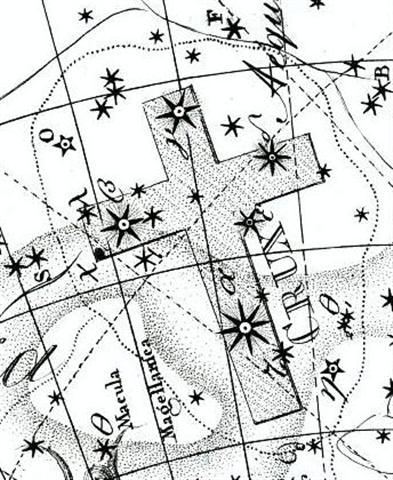

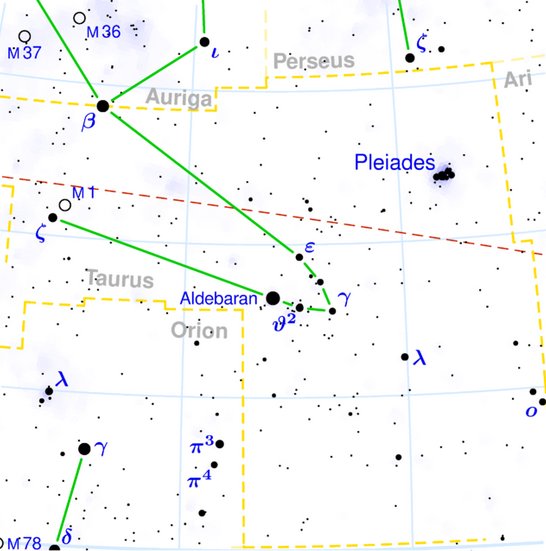




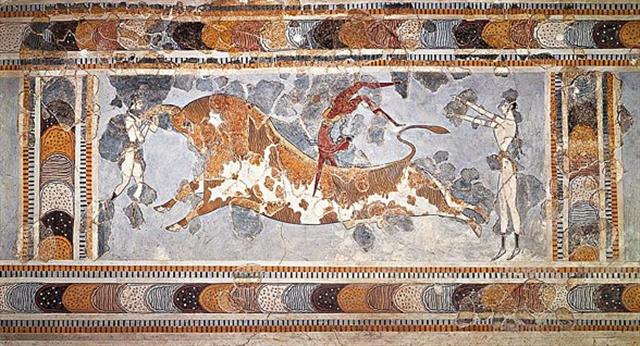

.jpg)




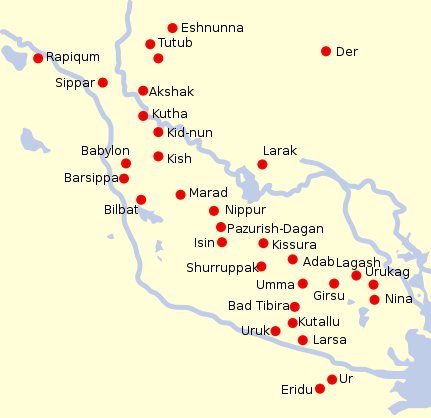
.jpg)


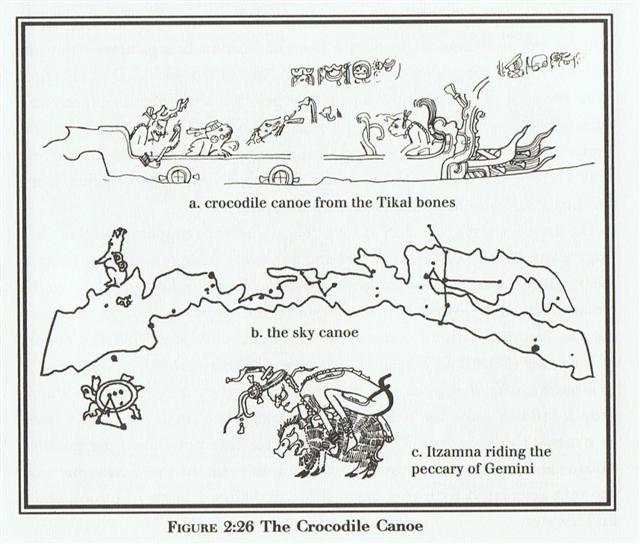
.jpg)
